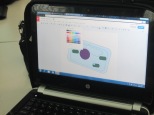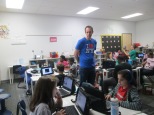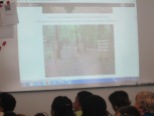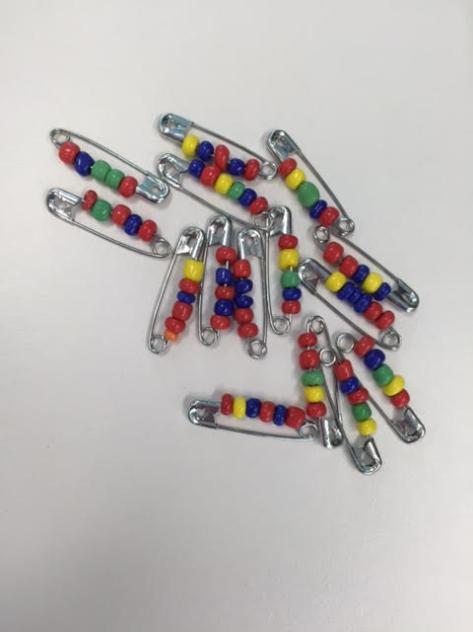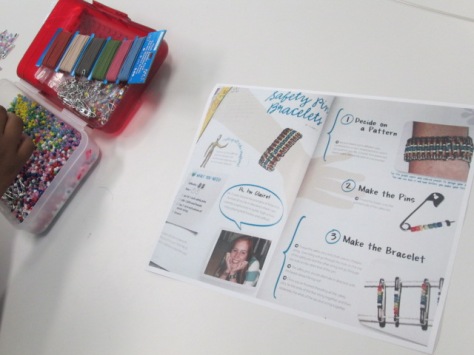A few weeks ago Ms. Tesler, a fourth grade teacher, dropped by the library and started talking about a wish for her students to have ways to share the books that they are reading. I love impromptu brainstorming sessions because I never know where they will lead. So often, they lead to miraculous things.
Before she left, we had decided to assign her class an area of the library to be their recommendation space. As a part of their leadership in the school, they would find ways to share with others about the books that they were reading. We didn’t want to decide too much for them, so we just got some initial ideas to begin sharing with the class.
We held a book tasting where students started selecting books for independent reading and we planted the seed that students would have an area in the library to share their book recommendations. During that session, the students and I talked about ideas such as a digital display using Flipgrid to share book talks. We talked about space to create art projects to spark interest in a book. We also briefly talked about shelf talkers. At the time, we just talked about putting “signs” on the shelf to tell about the book, but I knew that students were really talking about shelf talkers.
I immediately thought of Avid Bookshop and the wonderful shelf talkers that their book sellers put on the shelves of the shop to connect readers with books, so I emailed Janet Geddis at Avid to see about the possibility of Skyping into the shop to see the shelf talkers, hear a few, and get some tips on writing them.
Will Walton, bookseller and author extraordinaire, agreed to Skype with us. Students came to the library and we connected with Will. He walked us around the shop to actually see the shelf talkers on the shelves. The first one he showed us was for Anne of Green Gables. He pointed out that the text was written in green to go along with the book. We saw that the handwriting was inviting and legible and the shelf talker gave a lot of description about the book.
Will pointed out to us that it’s important to include the title and author on the shelf talker because sometimes the books get moved down the shelf or even the shelf talker gets moved. Having the title an author helps customers still learn about the book even if it gets moved. We connected this to the idea that books in our library will most likely get checked out, but the shelf talker will remain to inform readers about a book they might consider in the future.
I also loved that Will pointed out the language that was used in the shelf talker. He specifically said that they don’t say that a book would be good for boys or girls. Instead, they connect the book to the kinds of things readers might enjoy reading about. For example, this book would be a good choice for middle grade readers who like magic and horses.
Will was sure to show us many shelf talker and how each was in the handwriting of the person who created it. They were fun, inviting, and even had personal touches like sketches.
I loved that Avid customers were just as interested in what was going on during our Skype with Will.
Students also got to meet Janet, bookshop owner, as well as hear the names of several other booksellers at the store.
Before students disconnected, they shared some things they were taking away from Will’s Skype. After we disconnected, students continued to talk and even started talking about the book they wanted to write a shelf talker for.
We are already planning a time for them to return and create the shelf talkers and begin constructing their space in the library to be leaders in our school for recommending books for others.
I hope many of these students will visit Avid and see the shelf talkers in person and continue to ask Will and Janet questions about the shop. Some of them were asking how close it was to the school, so I know there is curiosity brewing. I’m so thankful to have a bookshop in our community that reaches out and supports our schools.





































































































































































